Introduction
The Central Feeding System is a sophisticated and automated solution designed to improve feed delivery efficiency and optimize poultry management in modern layer, broiler, and breeder farms. It ensures uniform feed distribution, minimizes waste, and reduces labor requirements, making it ideal for high-density poultry operations. By centralizing feed supply from silos to multiple feeding lines, the system delivers accurate portions directly to feeders or pans, supporting consistent growth, productivity, and overall flock health.
Central Feeding Systems have become essential for industrial poultry farms, enabling automation of feed scheduling, portion control, and system monitoring. They not only increase operational efficiency but also improve feed conversion ratios (FCR) and reduce the risk of contamination associated with manual feeding methods. The system is versatile, supporting pellets, mash, or crumble feeds, and can be adapted for layers, broilers, and breeder hens.
With a combination of advanced engineering, durable materials, and smart automation, the Central Feeding System ensures that poultry producers can achieve maximum productivity, reduced feed wastage, and consistent flock performance.
Technical Parameters of Central Feeding System
System Type | Centralized Automatic Feeding | For layer, broiler, and breeder farms |
Feeding Capacity | 200–1200 kg/h | Adjustable based on farm size |
Feed Types | Pellets, Mash, Crumble | Compatible with standard poultry feed |
Motor Power | 0.75–1.5 kW | Energy-efficient and reliable |
Feed Line Diameter | 60–75 mm | Ensures smooth feed flow |
Feeding Method | Auger or Chain Conveyor | For horizontal or vertical feed transport |
Control Options | Manual, Timer, Automatic | Smart PLC or manual operation |
Pan/Feeder Compatibility | Circular pans, Troughs | Optimized for uniform feed distribution |
Feed Silo Integration | 1–3 ton capacity | Central storage feeding multiple lines |
Material | Galvanized steel, PVC | Corrosion-resistant and durable |
System Length | Up to 300 m | Adjustable based on poultry house layout |
Bird Type | Layers, Broilers, Breeders | Suitable for all types of poultry |
Installation Height | 35–50 cm from floor | Adjustable for bird size and age |
Key Features of Central Feeding System
1. Automated Feed Distribution
The system automatically transports feed from a central silo to multiple feeding points, reducing labor costs and ensuring consistent feed availability for all birds.
2. Uniform Feed Supply
By delivering feed simultaneously to all pans or troughs, the system minimizes feed competition and stress, promoting uniform growth and productivity.
3. Adjustable Feeding Rate
Feed flow can be controlled precisely according to bird age, type, and production stage, ensuring proper nutrition without overfeeding or wastage.
4. Durable Construction
Made of galvanized steel or high-quality PVC, the system resists moisture, corrosion, and wear, guaranteeing long-term reliability.
5. Versatile Feed Compatibility
The system supports pellets, mash, and crumbles, allowing farmers to use different feed formulations as required.
6. Easy Cleaning and Maintenance
Components are designed for easy dismantling, cleaning, and inspection, ensuring hygiene and minimizing disease risk.
7. Modular and Scalable Design
Sections can be added or removed to match poultry house layout and flock size, enabling scalable farm expansion.
8. Smart Control Options
Supports manual, timer-based, or fully automatic feeding, integrating easily with farm management software for monitoring and control.
9. Energy Efficient
Low-power motors and optimized auger systems reduce electricity consumption while maintaining high feed throughput.
Advantages of Central Feeding System
1. Labor Reduction
Eliminates the need for manual feed transport and distribution, significantly reducing labor requirements.
2. Improved Feed Conversion
Precise and uniform feeding ensures optimal feed intake, improving growth rates and egg production while reducing feed wastage.
3. Better Flock Health
Consistent nutrition and reduced stress improve immune response, feather condition, and overall health of birds.
4. Enhanced Productivity
Automated feed supply supports high-density flocks, maximizing production efficiency and profitability.
5. Hygiene and Biosecurity
Centralized feed delivery reduces contamination risks, promoting cleaner feed, water, and living environments.
6. Flexible and Scalable
Suitable for small farms or large industrial operations, with modular sections for future expansion.
7. Cost Efficiency
Long-term savings are realized through reduced labor, lower feed wastage, and higher production output.
8. Data-Driven Management
Integration with farm management software allows tracking of feed consumption, production metrics, and alerts for anomalies.
Applications of Central Feeding System
1. Commercial Layer Farms
Ensures even feed distribution across multiple pens and tiers, optimizing egg production and quality.
2. Broiler Farms
Supports rapid growth and uniform weight gain, improving feed efficiency and market readiness.
3. Breeder Operations
Maintains precise feed control for male and female breeders, balancing body weight and fertility.
4. Organic and Free-Range Farms
Provides efficient feed management while supporting bird welfare and movement.
5. Research and Educational Facilities
Offers controlled feeding for nutrition studies, breed trials, and production research, ensuring accuracy in experimental data.
Usage Instructions
1. Installation
Mount the central feed line securely along the house.
Adjust the pan or feeder height to 35–50 cm for optimal bird access.
Connect feed silos and ensure proper motor and conveyor alignment.
2. System Startup
3. Feeding Management
Set feed schedules using timers or automatic controllers.
Monitor feed flow and adjust rate according to flock needs.
Ensure birds have continuous access to water alongside feed.
4. Cleaning and Maintenance
Clean pans, feeders, and auger lines regularly.
Inspect motors, chains, and connections monthly.
Lubricate moving parts and replace worn components promptly.
5. Safety Precautions
Turn off power before maintenance.
Avoid overfilling pans to prevent spillage.
Ensure no birds are near augers during startup.
Frequently Asked Questions (FAQ)
1. What is a Central Feeding System?
It is an automated feeding system that distributes feed from a central silo to multiple feeding points across poultry houses.
2. Can it be used for different types of poultry?
Yes, it is suitable for layers, broilers, and breeder hens, with adjustable pan height and feed flow.
3. How many birds can one system serve?
Depending on the system length and number of pans, one central feeding system can serve hundreds to thousands of birds.
4. What feed types are compatible?
Pellets, mash, and crumbles are all compatible.
5. Does it reduce feed wastage?
Yes, uniform distribution and controlled feed flow minimize spillage and wastage.
6. Is it easy to clean?
Yes, pans, conveyors, and auger lines are designed for easy cleaning and maintenance.
7. How long does the system last?
With proper maintenance, it can last 10–15 years or longer.
8. Can it be automated?
Yes, modern systems integrate with PLC controls, timers, and farm management software for fully automated feeding.
9. What is the ROI?
Savings on labor, feed, and improved production make the system cost-effective, with ROI typically achieved in 2–4 years depending on farm size.
10. Can the system be expanded?
Yes, modular design allows adding more pans, feeders, or lines as the farm grows.
Conclusion
The Central Feeding System is a critical component of modern poultry farming, offering automation, efficiency, and precision. By providing uniform feed distribution, reduced labor costs, and improved flock health, it ensures higher productivity, better feed conversion, and long-term profitability. Its modular, durable, and scalable design makes it suitable for layer, broiler, and breeder operations, small farms, and large industrial setups alike. Implementing a Central Feeding System is not only a step toward smart, sustainable poultry management but also a long-term investment in farm efficiency, biosecurity, and operational success.
Company Profile
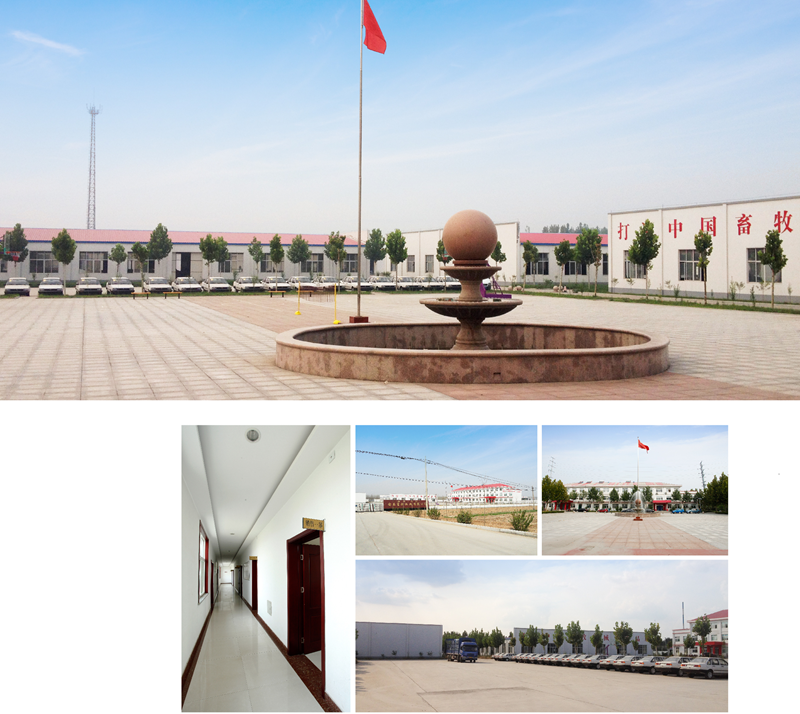
Shandong Huimin Qinle Livestock Machinery Co., Ltd. (formerly Shandong Huimin Qinle Livestock Machinery Factory) is a professional poultry equipment manufacturer with over 20 years of experience. We offer a comprehensive service package, from design (land and chicken coops), production (equipment and prefabricated steel coops), installation, commissioning, customer training, and after-sales service.
Located in Huimin County, Binzhou City, Shandong Province, China, the company has extensive experience in mechanical processing and manufacturing, as well as livestock machinery production and operation. With fixed assets of RMB 15 million, the company employs 160 people, including 30 R&D staff, and occupies a 40,000-square-meter factory. Equipped with over 110 pieces of advanced precision production equipment, including CNC machining centers and laser cutting machines, the company boasts a production capacity of RMB 50 million.
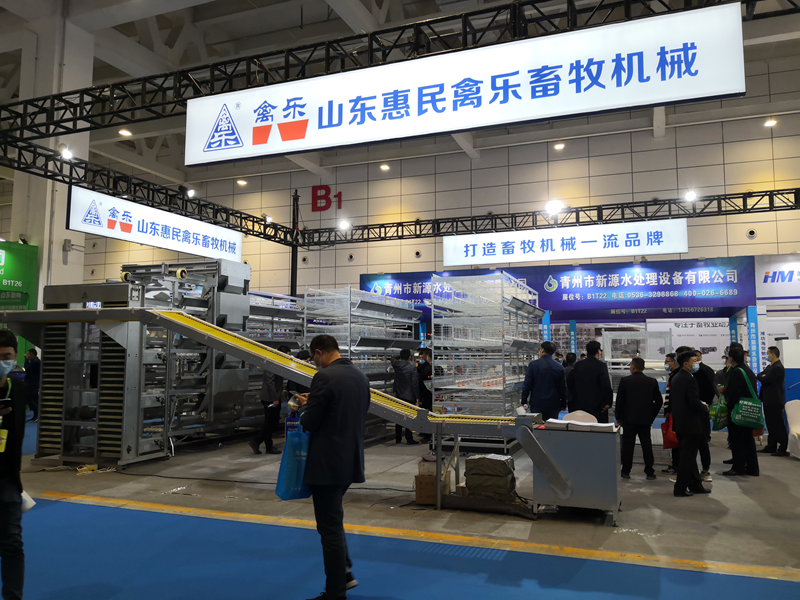


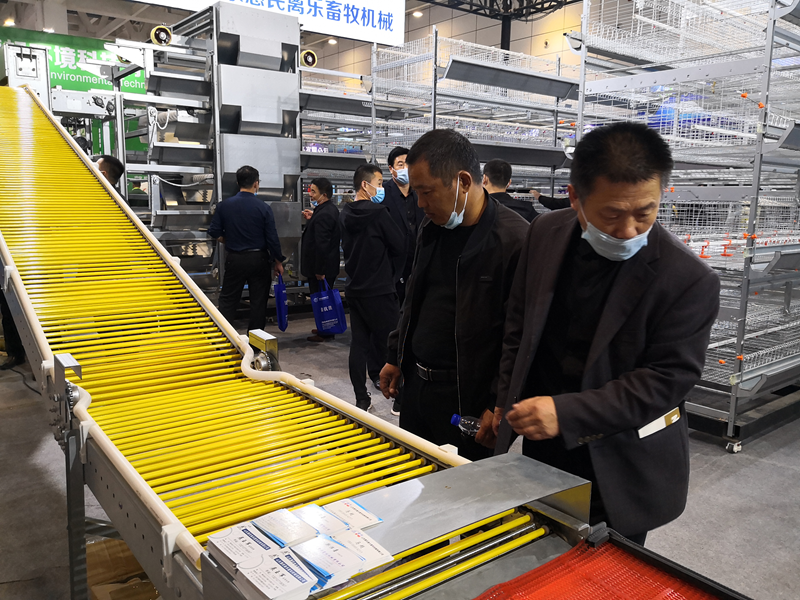
Chicken Farming Equipment Mesh Production Workshop

Machining Workshop

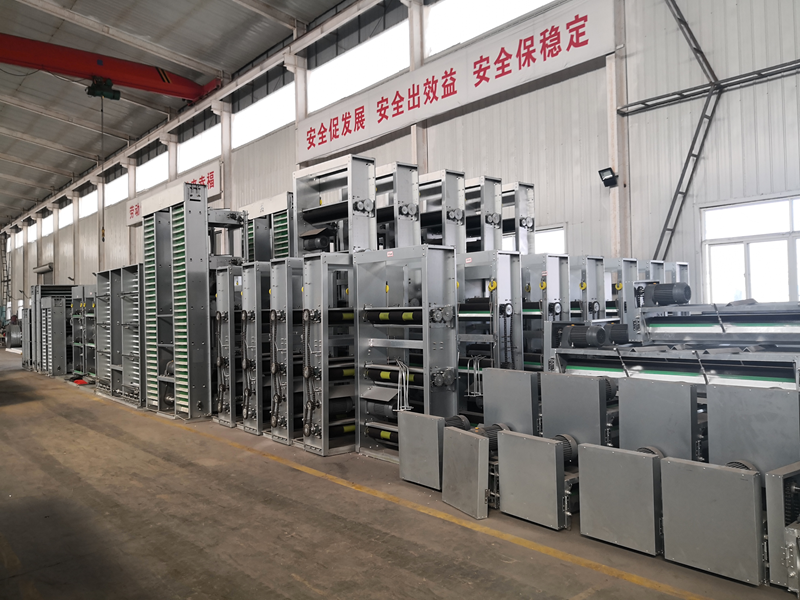
Turret-type CNC Punch Press, Laser Cutting and Other Machining Equipment



Fully Automated Roll Forming Production Line

Hot-dip Galvanizing Production Line

Electroplating Production Line

Environmental Protection Equipment

Chicken Farming Equipment Product Series
Egg-laying Hen Farming Equipment
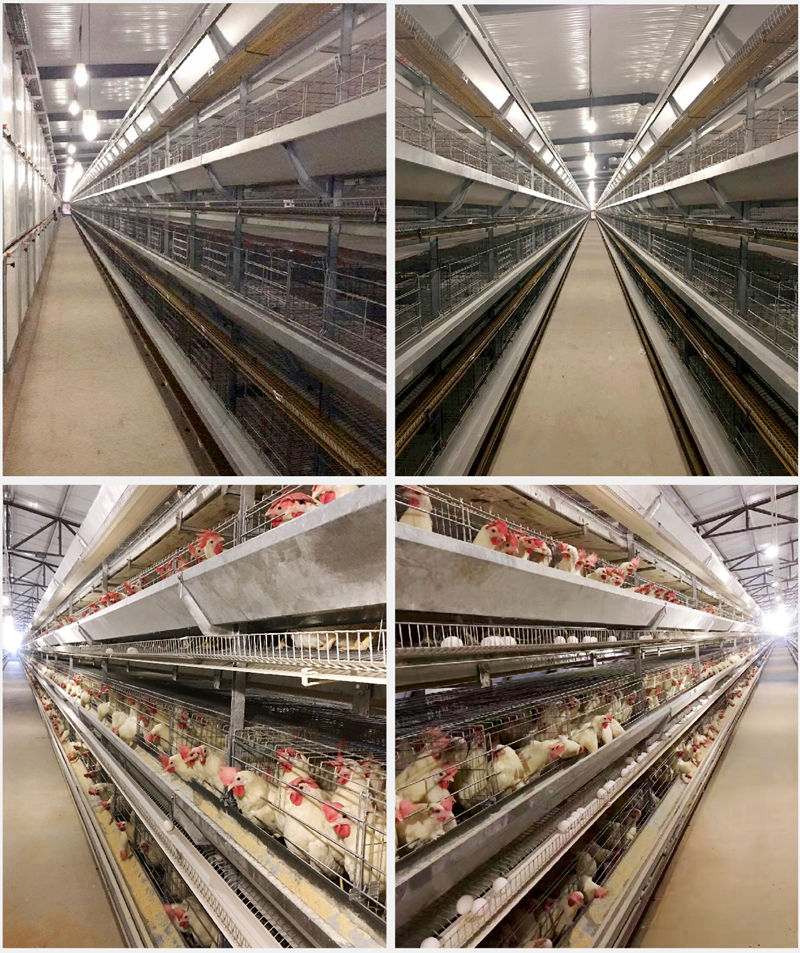
Stacked Brooding Cage Equipment

Stacked Broiler Cage Equipment
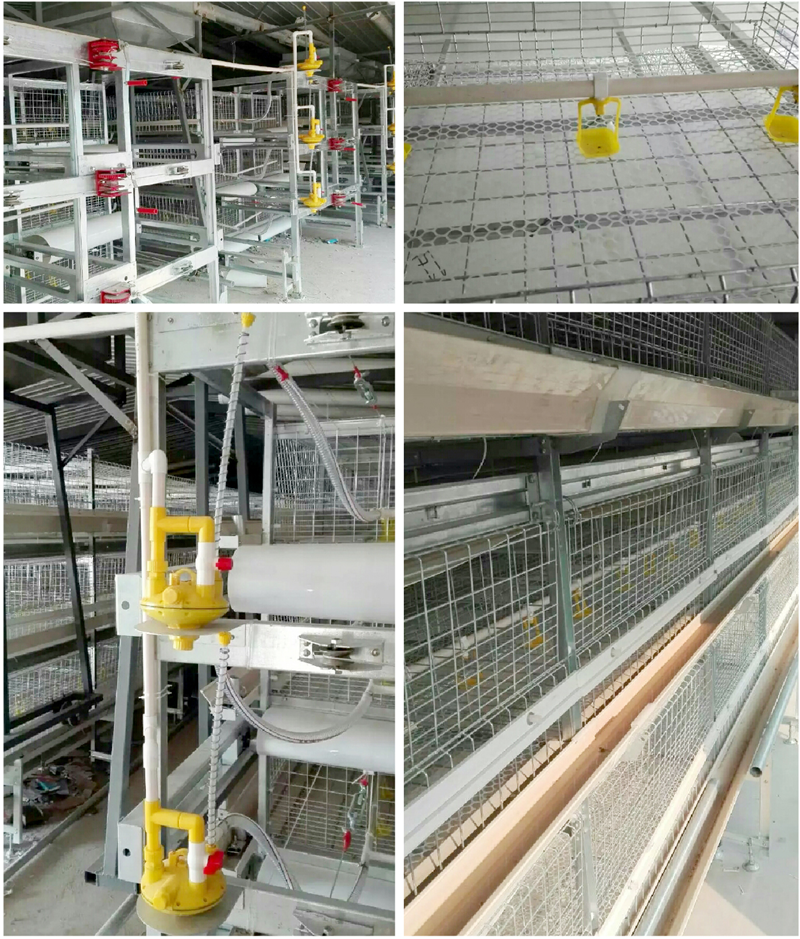
Stepped Layer Hen Cage Rearing Equipment
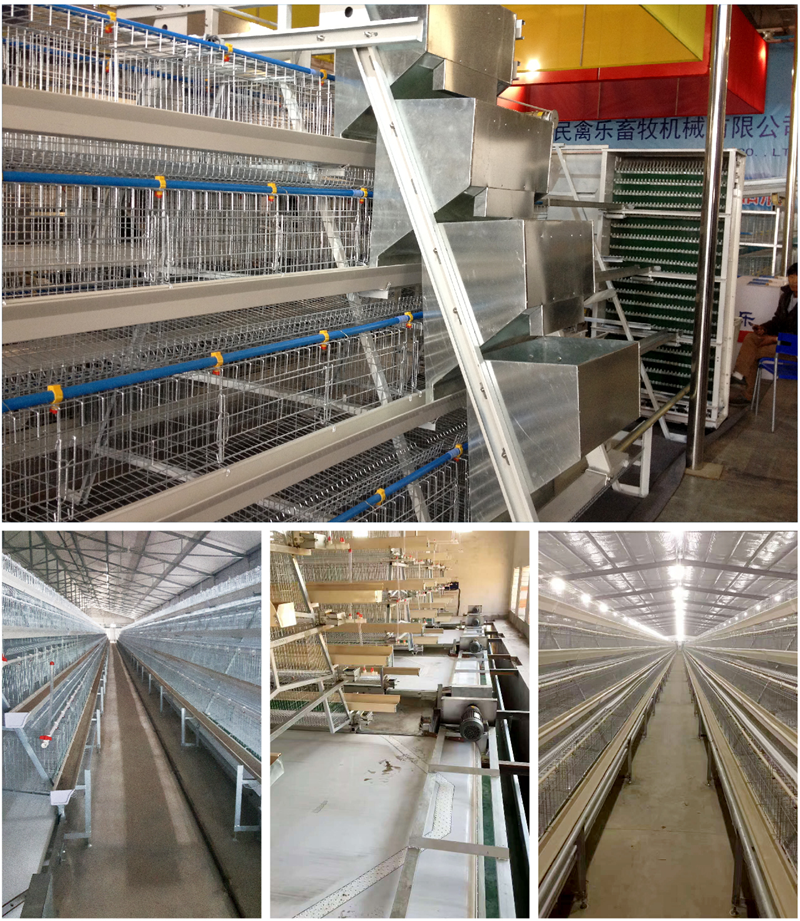
Automatic Egg Collection System

H-type Cage Feeding Machine
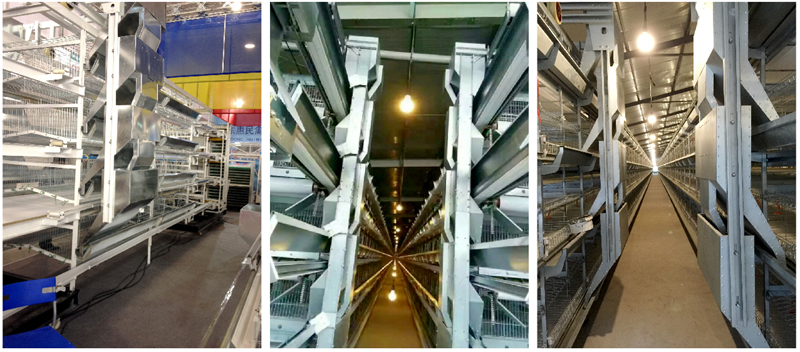
Stepped Cage Straddle Feeder
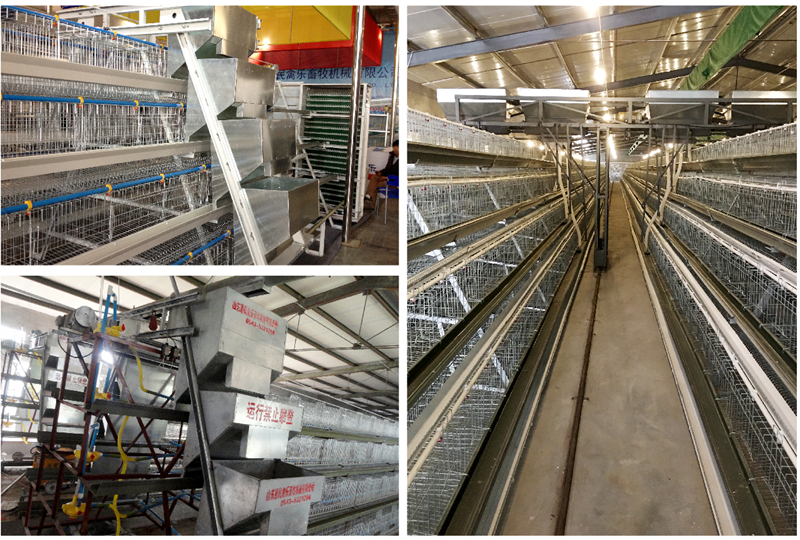
Manure Removal Machine

Fans, Heated Curtains, Environmental Control Systems, and Lighting Equipment
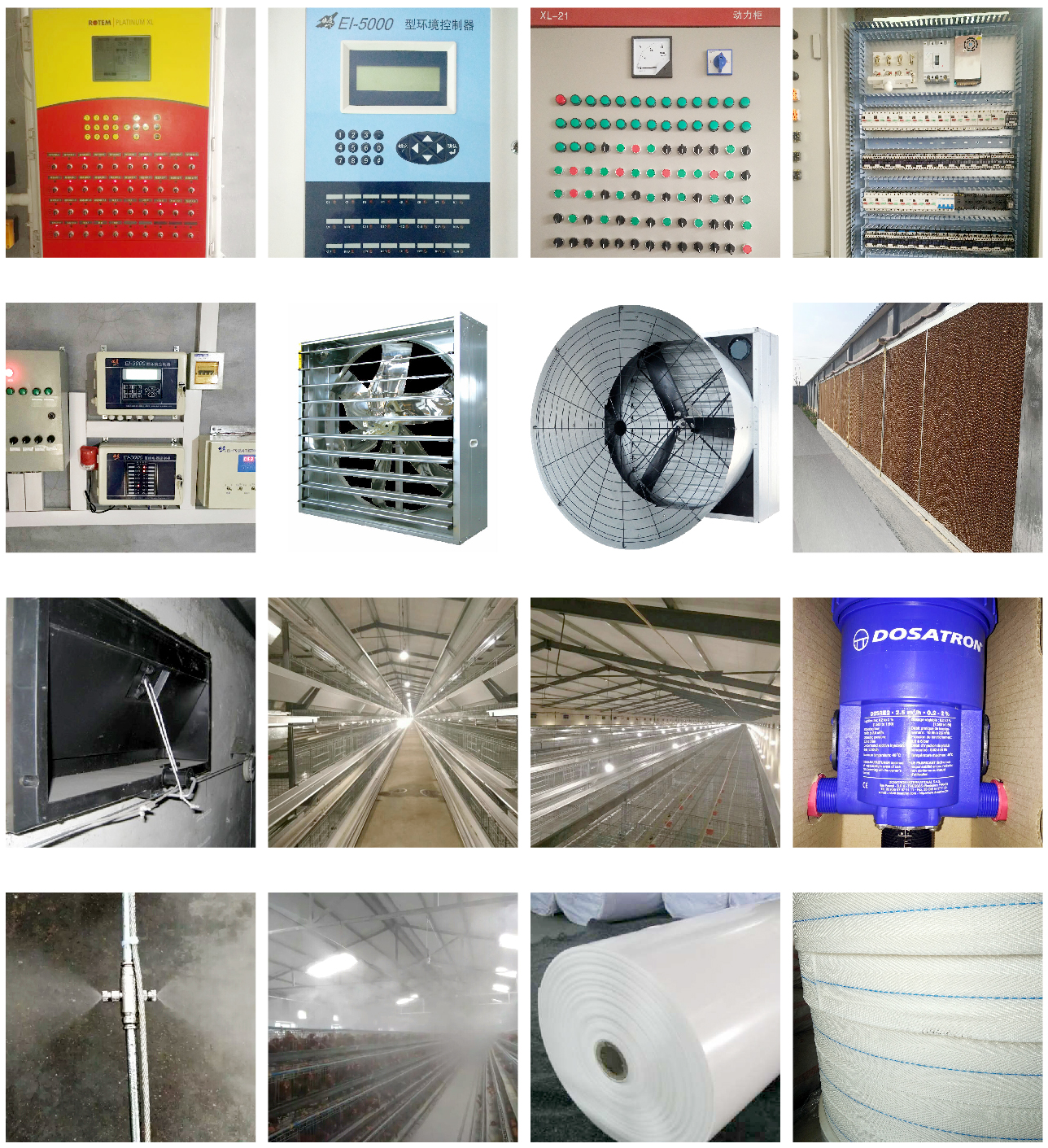
Complete Set of Equipment for Organic Fermentation Treatment of Manure


 Catalogue
Catalogue






























 WhatsApp
WhatsApp телефон
телефон